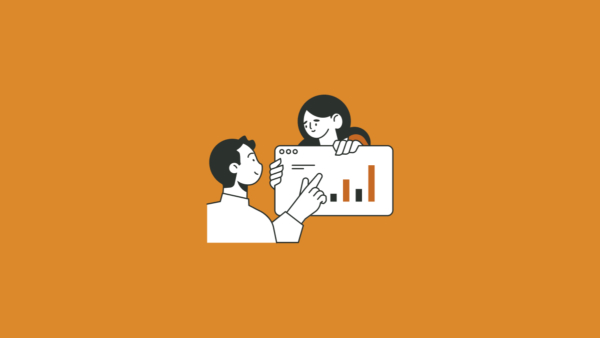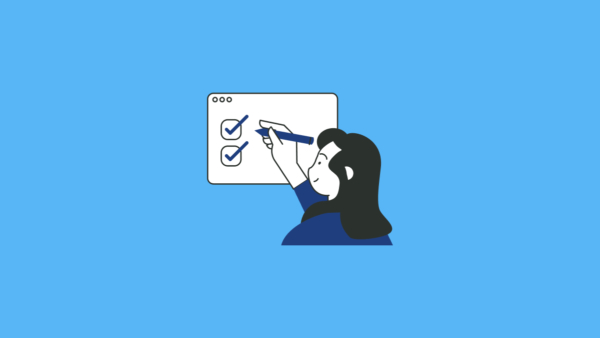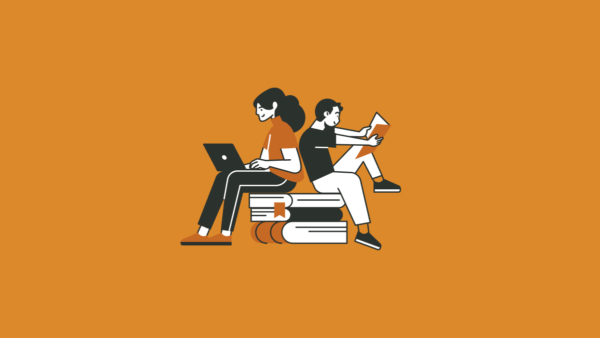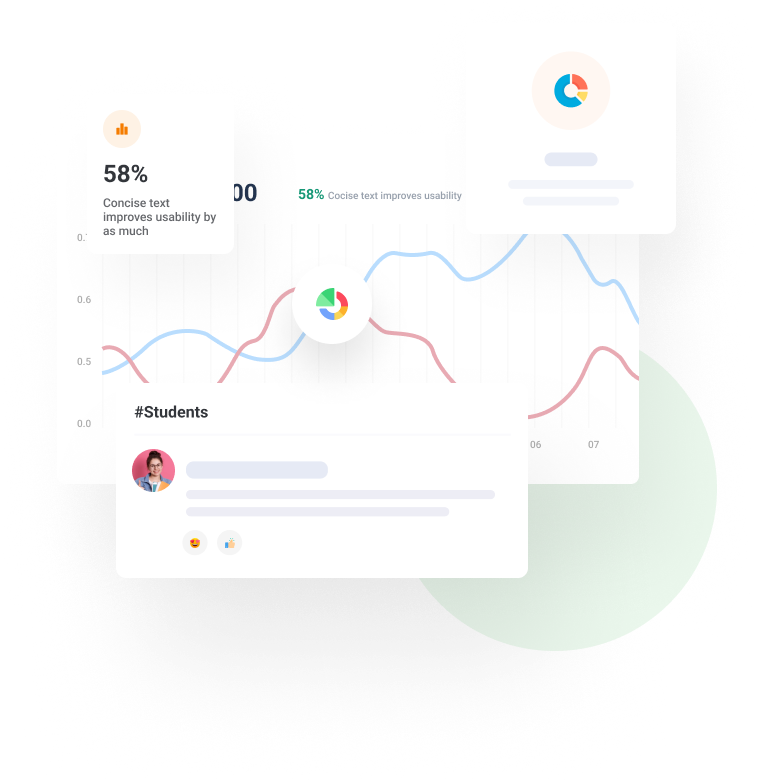Boosting STEM Accessibility with 3D Printing
How do you communicate a complex piece of visual information to someone who can’t see?
zyBooks is at the forefront of innovating new approaches to STEM education for people with visual impairments. At the ASEE national conference in June 2023, members of the zyBooks accessibility team presented a paper on their groundbreaking work using 3D printing to communicate detailed engineering drawings.
We spoke with one of the researchers leading this charge, zyBooks engineering content developer Dr. Greg Sirokman:
Engineering, especially, is a very visual subject. How did you start thinking about 3D printing to bring concepts to life for people with visual impairments?
Dr. Greg Sirokman I’ve been a 3D hobbyist for years. When I was a chemistry professor, I had my students 3D print holders for spectroscopy samples that otherwise would have been quite expensive. That was the start of me applying 3D printing to real problem solving. Then a year ago I came across an article in Science about chemists using 3D printed lithographs as a way to convey data, which inspired me to think about using 3D printing to translate engineering images for students with visual impairments. Tools that convert images to printable files already exist on the internet, which was the easy part.
What challenges did you face developing 3D engineering images?
Dr. Greg Sirokman I had some experience with working with blind people because my aunt taught at a school for the blind when I was growing up. While I don’t know how to read it, I am at least familiar with how Braille is written and used.
One of the challenges for us was that Braille takes up a lot of space, and a lot of engineering images have a lot of text. Braille characters must have the right dimensions relative to each other for a blind person to readily read them. So we had to figure out how to turn all the text in an engineering image into braille and make sure it fit on a 3D printed panel.
How did you make the Braille translation work?
Dr. Greg Sirokman We realized we had to strip down the descriptive text to the bare bones. As we talk about in the paper, for example, we used abbreviations, like “F” for “force.” But that wasn’t so simple in Braille, I learned, because Braille does not have capitalization the way the Latin alphabet does. Instead, Braille uses specific characters to denote that a particular “F” is a symbol “F.” The translation process was a big challenge.
How do you accomplish the actual 3D printing?
Dr. Greg Sirokman We saved 3D files in an STL format which can be printed by anyone with a 3D printer. But we had to figure out how big we let these things get, and what kind of physical printing technique we wanted to use. Both inform the other.
Without getting into the 3D printing weeds, we settled on a method called FDM, which is easier to print but a slower process than other options. We landed on an ideal size of roughly 10 x 15 centimeters that prints in about an hour. That size further constrained the amount of information we could convey, which added to the challenge of the translation process.
Read the research paper
The use of 3D printed media to improve the accessibility of engineering educational materials
What does using 3D printing look like in the long run?
Dr. Greg Sirokman I envision our zyBooks ultimately including a link next to an engineering diagram giving you the option to download an STL file of that illustration. Then you can simply print it; every university has 3D printers.
These files would be ideal for diagrams that are too complicated for alt text. Imagine trying to explain a zigzag line in alt text. How is it zigzagging, precisely? Think about turbulent versus constant flow, for example. But what if you can experience that zigzag tactilely?
Not every image requires a 3D printed version, but they’d make a huge difference for the critical, complex ones. So the number of these images you’d need in a book would be manageable. This would go a long way to creating an opportunity for students with visual impairments to access the material and succeed as engineering students.
We also hypothesized a possible outcome of creating 3D prints of complex engineering images: the creation of an online repository available for visually impaired students. How awesome would that be?
How do you advance 3D printing from research paper to reality?
Dr Greg Sirokman As we discuss in the paper, we need to find partners in the space to evolve this concept. We’re keenly aware of avoiding “white knighting” blind people. What I mean is, we don’t want to create a solution for a problem we think blind people have, and try to solve it from a sighted perspective. This is critical for us.
We have this idea for 3D printing, and the knowledge of how to do it. We want to present it to partners in the visually impaired instructional area, and figure out how to make this better. We need their perspective to turn 3D printing of engineering images into reality.









